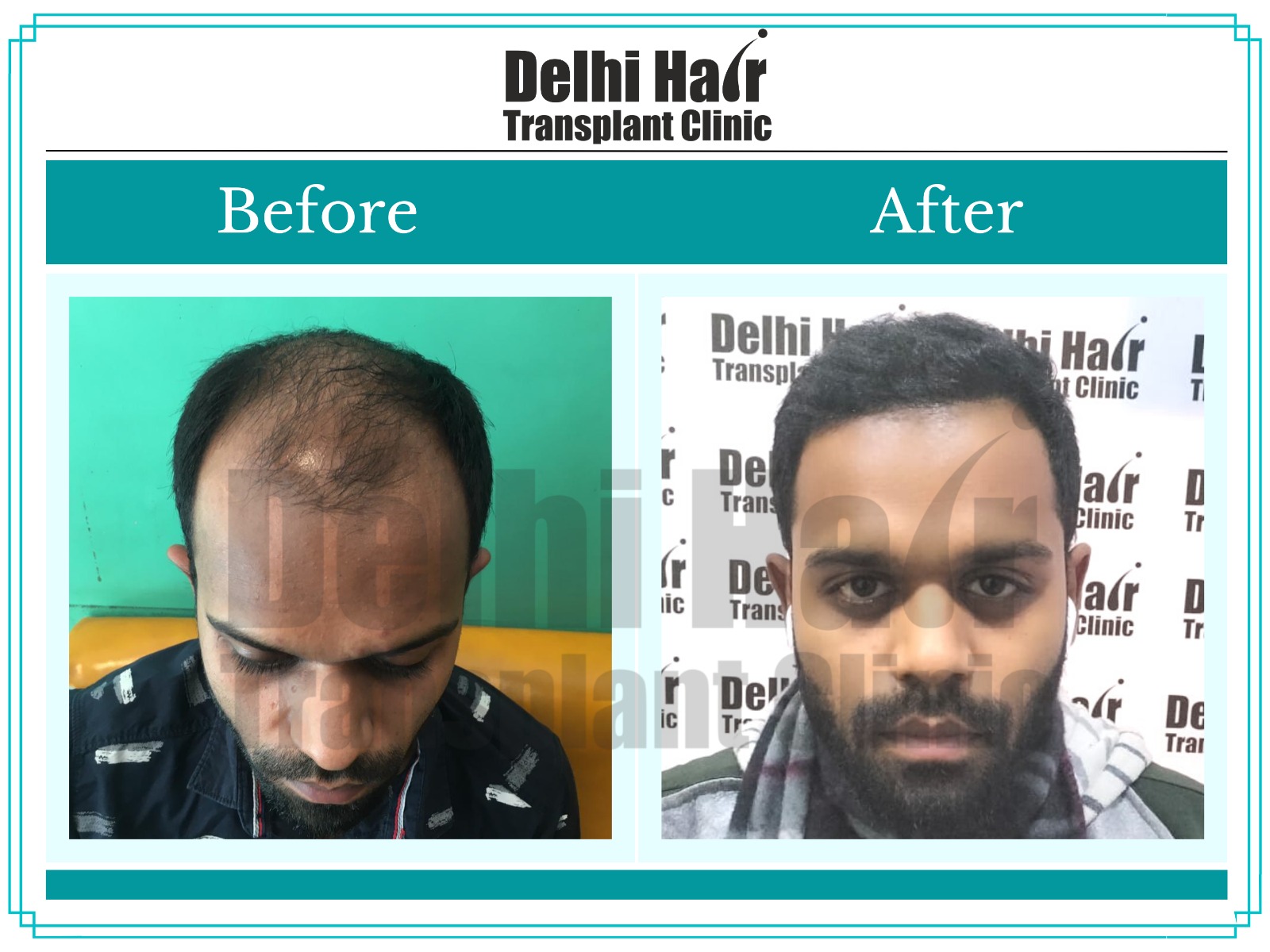16+
Years of Experience
20K+
Successful Operations
98%
Hair Growth Rate
30+
Certificates & Awards
Delhi Hair Transplant Clinic
Before After Results
At Delhi Hair Transplant Clinic bid your last ‘bye’ to all kinds of skin-related issues as together we plan the new in you. You can meet our doctors who are highly dedicated to human well-being. Our wide-spread range of skin & hair treatments can assist you in obtaining a youthful & natural appearance to articulate your best features. Our dermatology experts have significant experience in this field. Thanks to them, we have helped hundreds of patients get the stylish hair look they have wanted for a long time. As you can see in the following images, the “After” images display a drastic change to your look. It is all possible with our exclusive treatments at Delhi Hair Transplant Clinic. If you want the same results for yourself, then contact us now.





